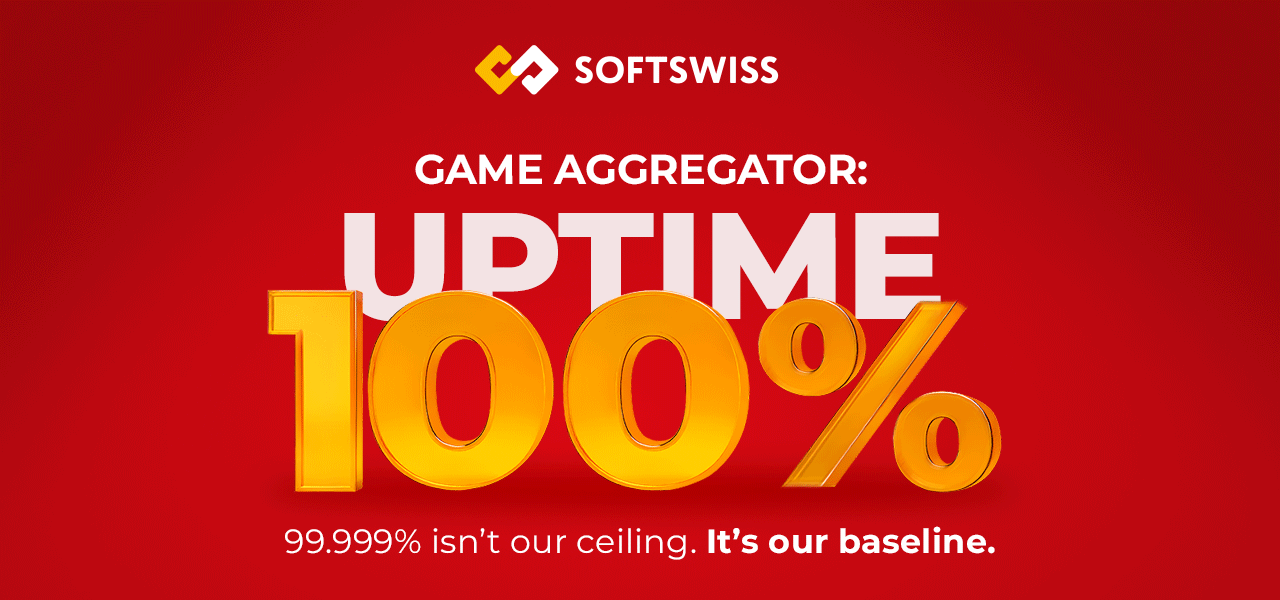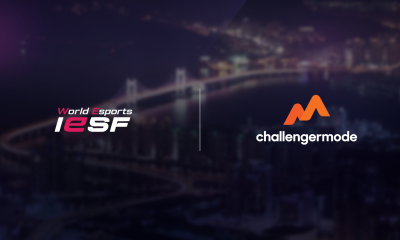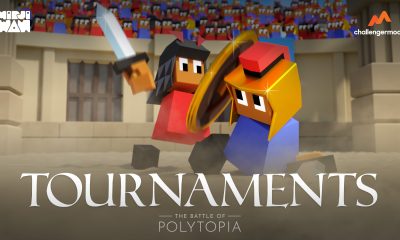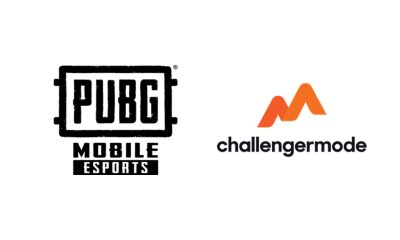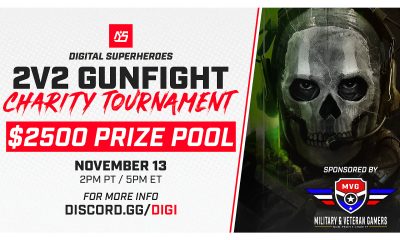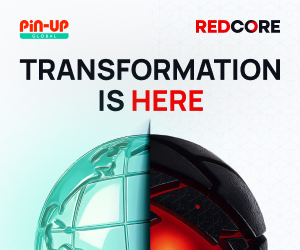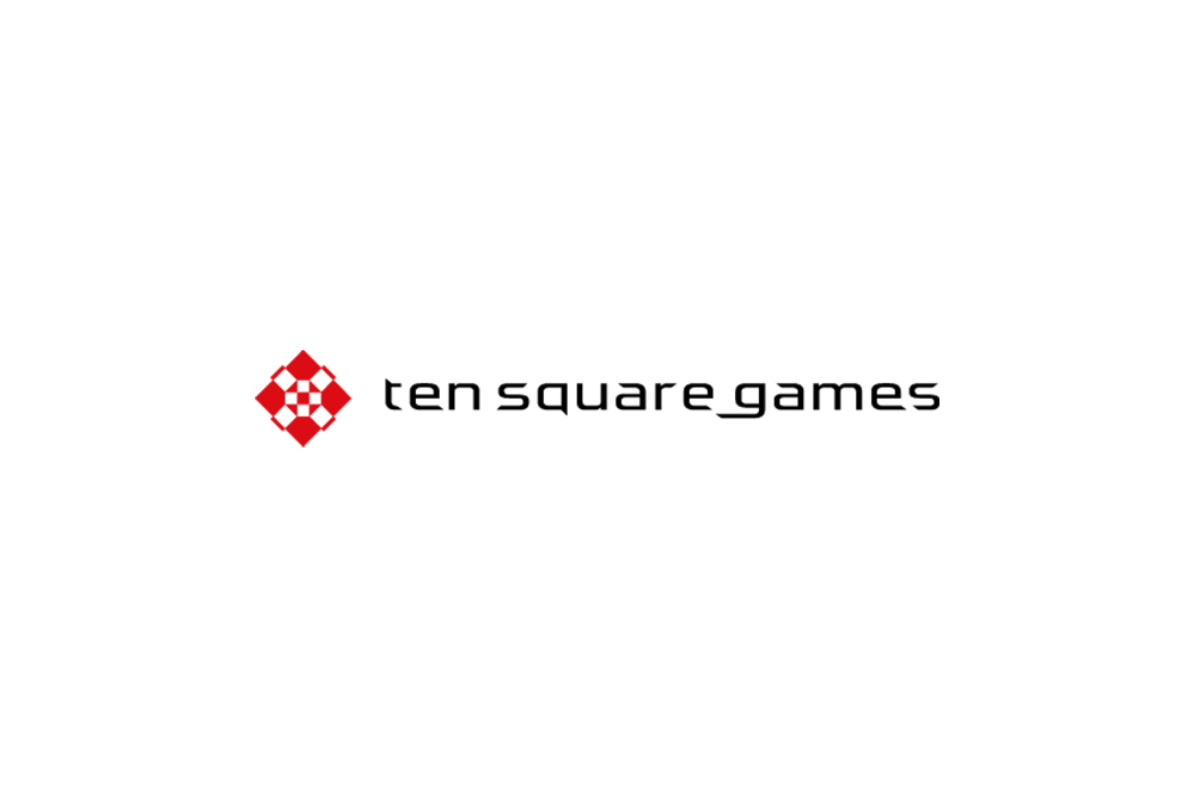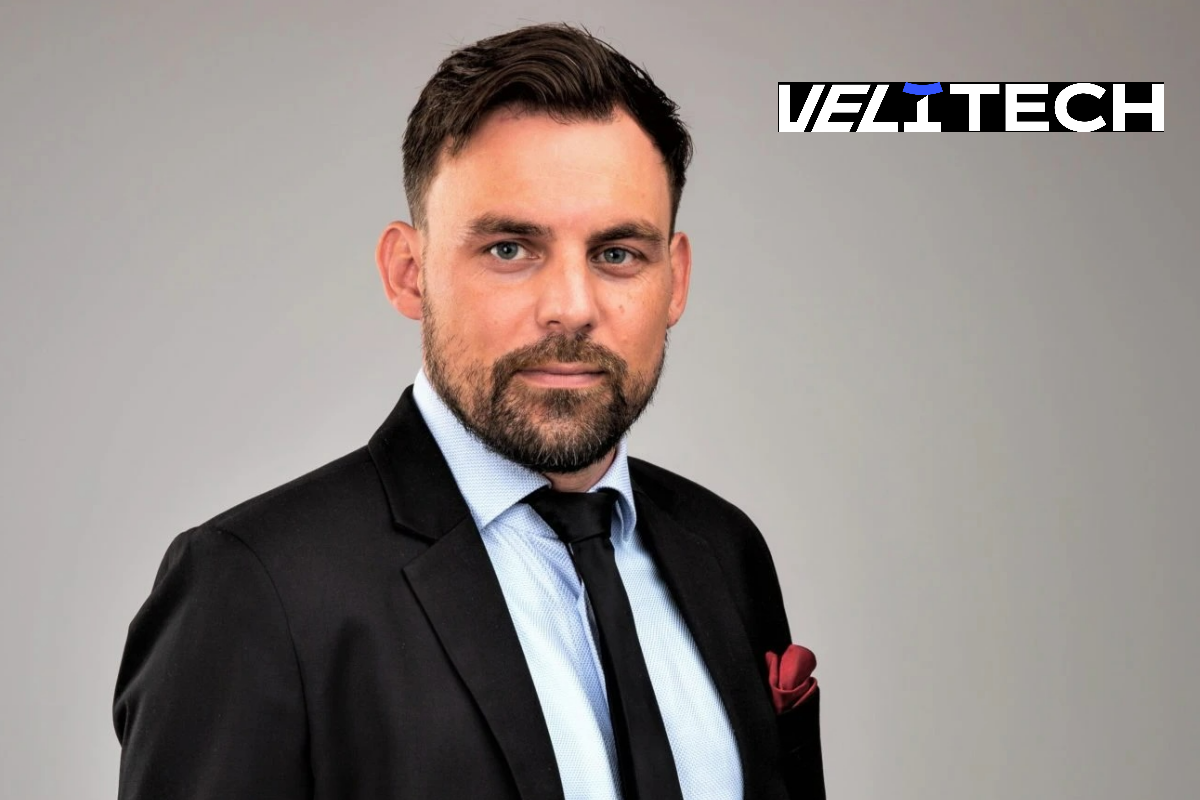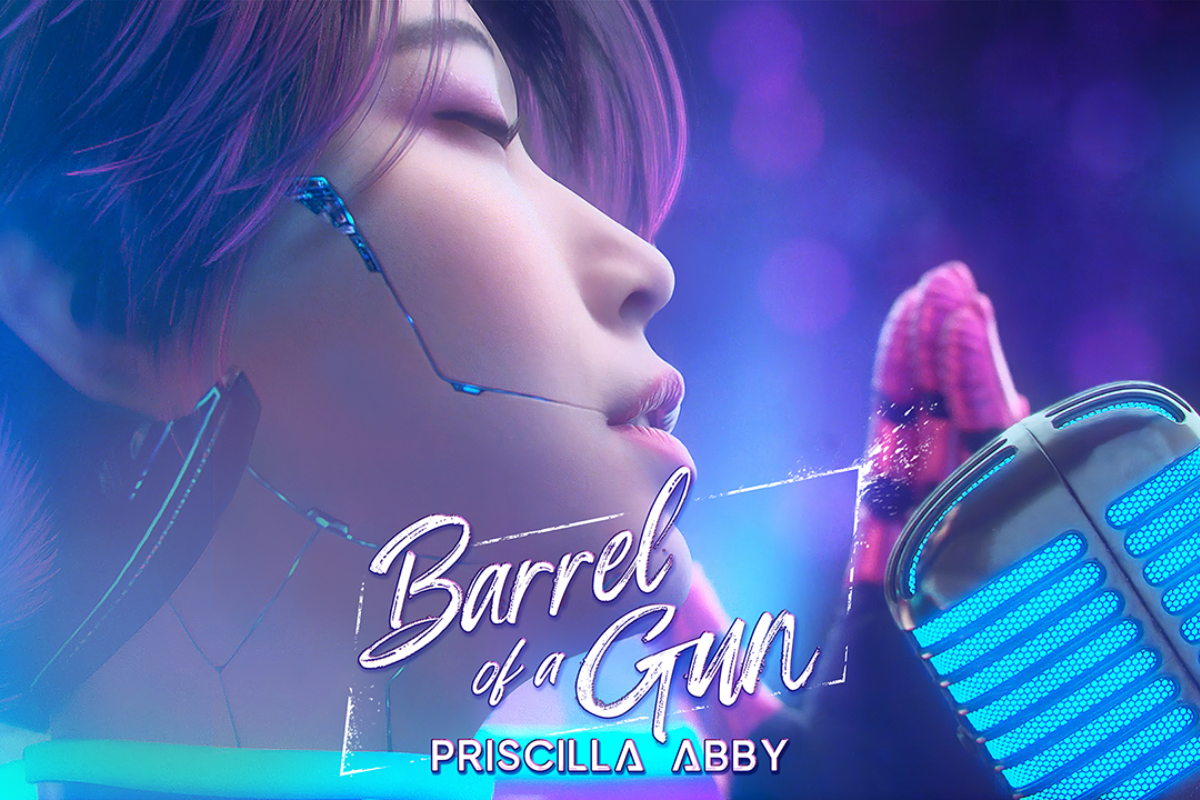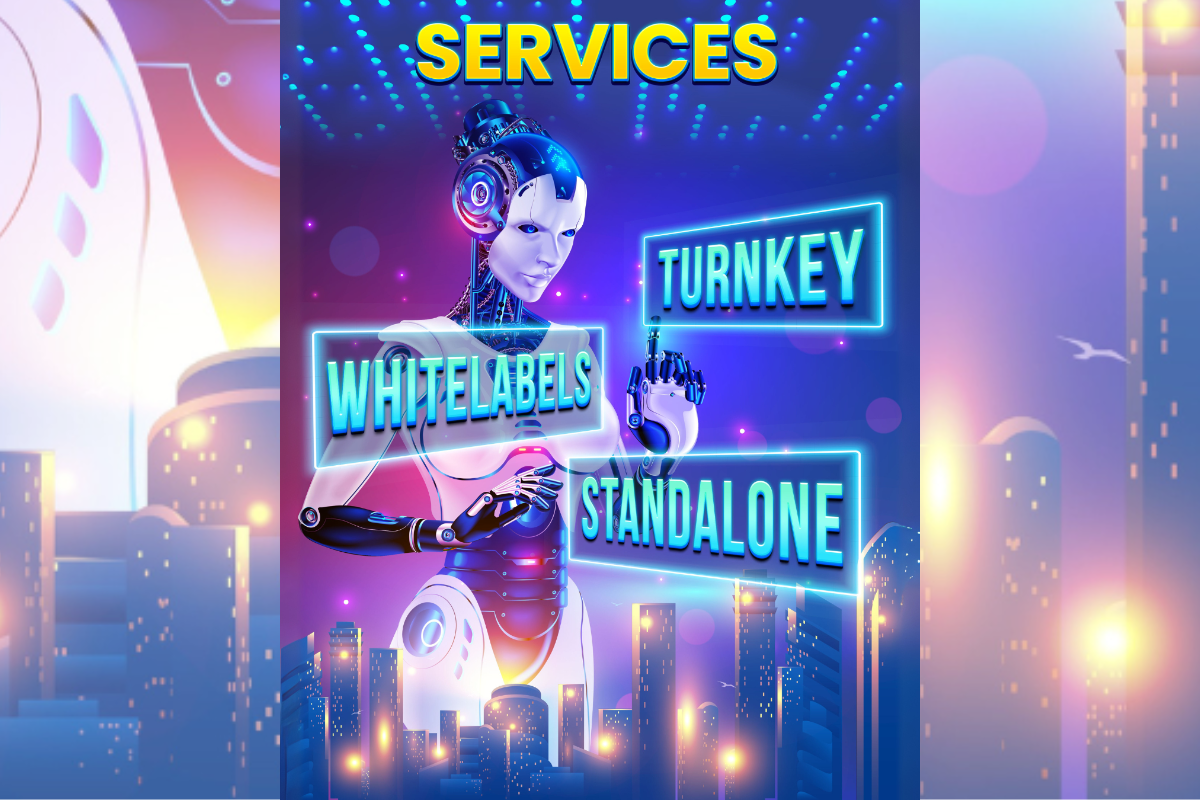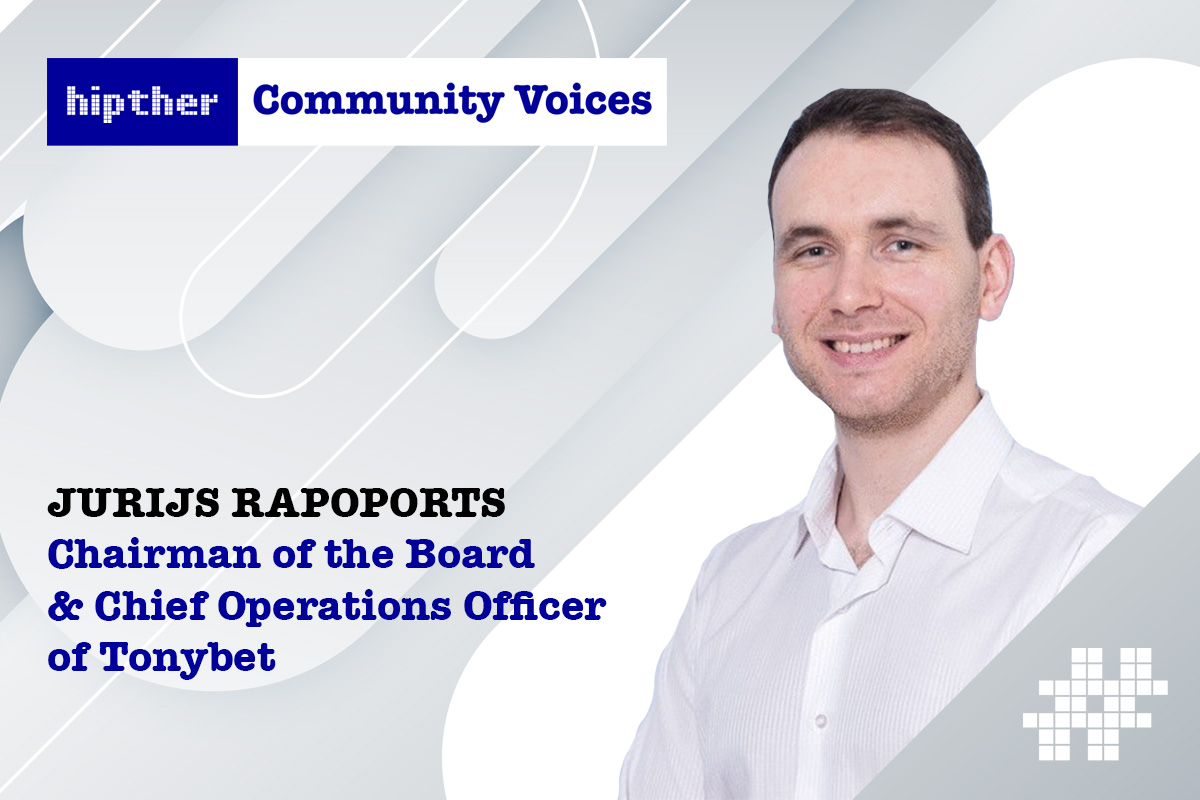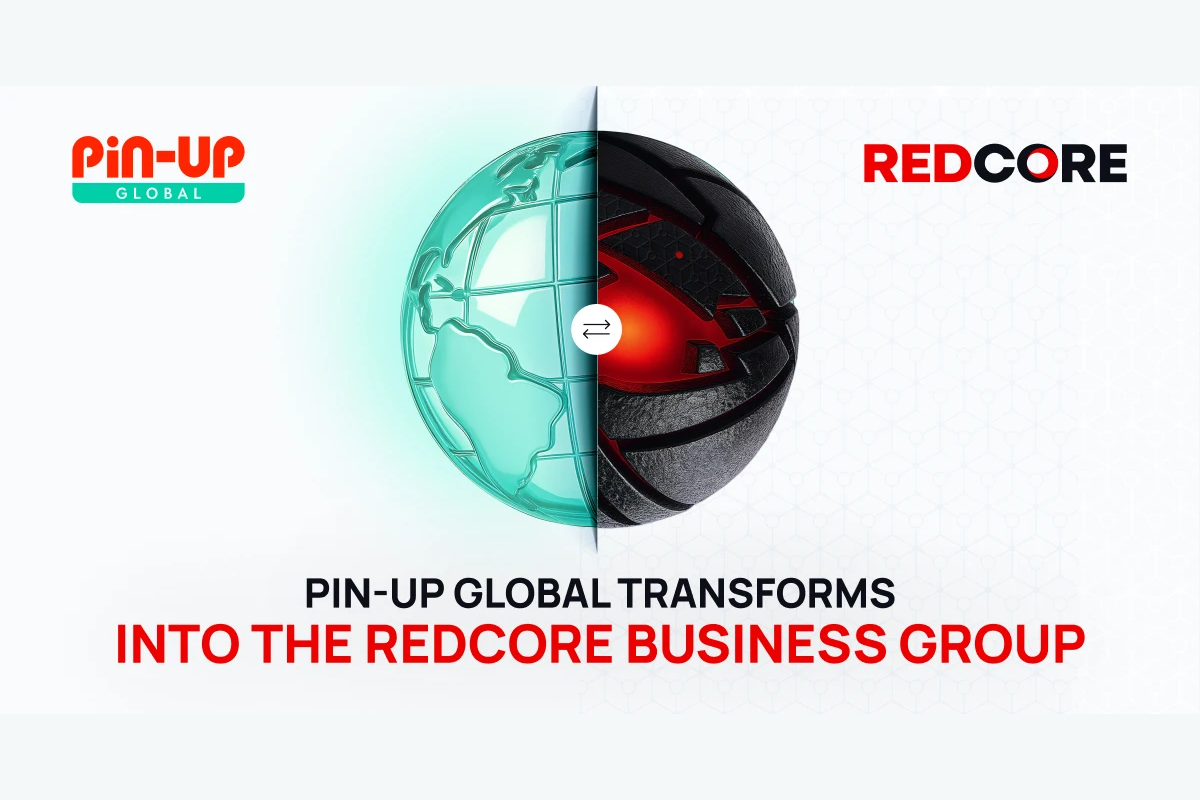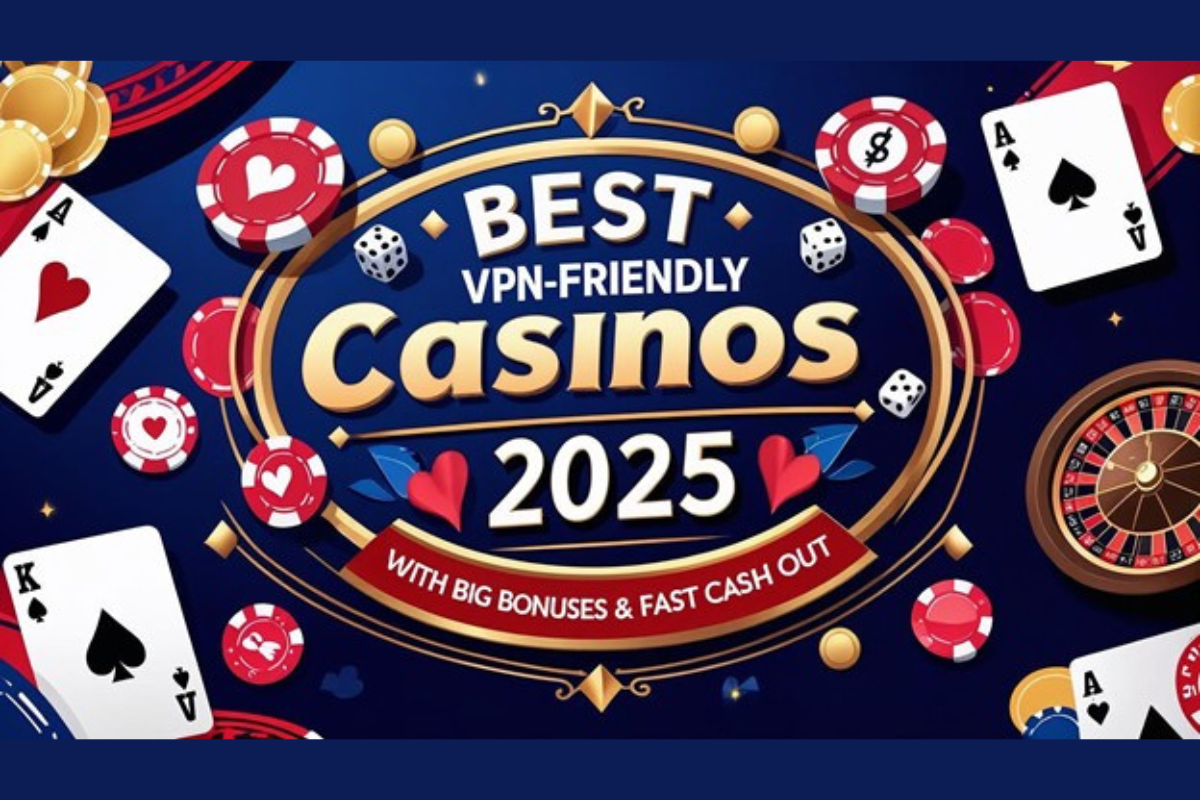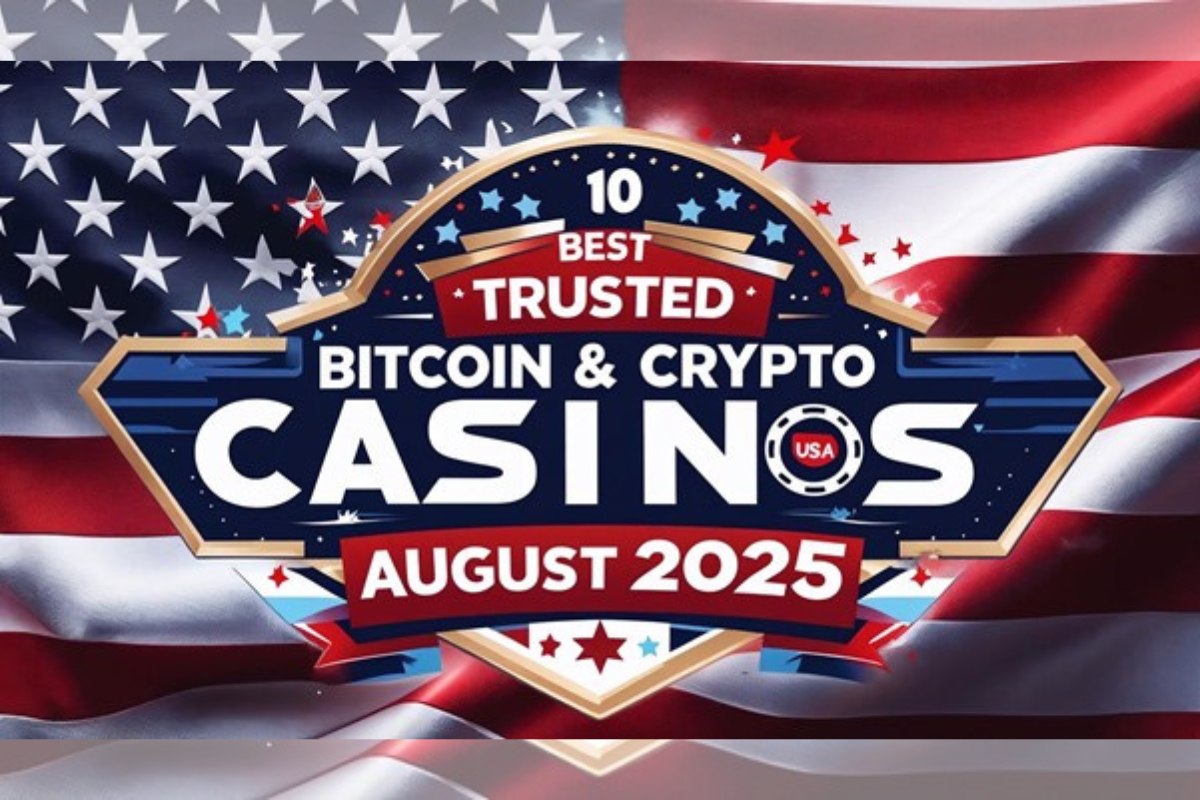Interviews
Exclusive Q&A with Phil Hubner Chief Business Development Officer at Challengermode

Retired players become media commentators, or selectors, or coaches, or the sports administrators. That is the trend in most sports.
What about esports? What do esports players do once they retire?
We have with us here Phil Hubner, the Chief Business Development Officer at Challengermode, who was a successful esports player too.
He talks about his esports playing days, his struggles to build a career, his company and the career options available of esports players in the industry.
Q. We shall begin with your esports career. How did your attention turn to esports and how it developed?
A. Like a lot of people in the industry, my introduction to gaming and esports began at a very young age. My first memory of gaming was in 1996. I was 4 years old, sitting in my 21 year old uncle’s lap, watching a screen light up with flash rockets, lasers and machine guns in Quake. And then playing my first ever casual match against my brother and my uncle’s best friend.
By 2005 I’d spent almost all of my free time playing video games, with the whole of 2004 spent perfecting my craft in DotA. That meant watching videos of the best players in the game, spending my days on IRC networks chatting with some of the top players and getting tips and tricks from them. I was part of the professional German esports organization “mousesports” which accounted for my first real experience with esports. There I managed the team’s scrimmage and tournament schedule and substituted as a player on the roster; primarily in practice matches.
A short 4 years later, Heroes of Newerth was released – the first real successor and stand-alone version of DotA. I spent my days playing at a top level, there didn’t seem to be much of a chance of making a living from esports in either game. Teams weren’t very supportive, there were no actual salaries being paid out, and the prize money wasn’t enough to sustain competitors unless they won every single tournament that ran. This was the point I decided that playing, whilst an important part of my free time, wasn’t going to be the career choice for me. I wanted to do something bigger, more impactful, and most importantly something that would allow me to pursue a full-time, paying career within this industry.
Q. Could you narrate your transition from an esports player to an industry professional? What are the challenges that you faced?
A. The first step towards making a career outside of being a player involved turning my industry knowledge into a stint in journalism. In 2010 I wrote an email to the up-and-coming esports publication ESFIWorld (now sadly defunct), arguing they should consider reporting on MOBA games like Heroes of Newerth and League of Legends. The CEO welcomed the idea and I joined the team there as a Content Director – an unpaid position – whilst finishing high school.
In 2011 I covered my first industry events – “The International”, and CeBIT, where the Intel Extreme Masters World Championship took place. I threw myself into these events, striking up conversations with the tournament operators, commentators, hosts, players and more. I recorded interviews, wrote articles, and attended after-parties – producing over 130 content pieces in a span of just 5 days. But this still fell short of “making a living” in esports. Like many people who want to turn their passion into their career, the main challenge was finding a role that could support me financially. In 2011 I was still a broke student with hardly enough money to buy food at these events. One night, our hotel room got cancelled, forcing us to go back to the hostel we had stayed the night before, who allowed us to sleep on the floor in their storage room – not the best example of a successful esports career!
But this experience did allow me to make a name for myself within the European esports industry. I wasn’t famous by any means, but I knew people. One of these people was Michal Blicharz (as of my writing this the VP of Pro Gaming at ESL Gaming) who was the man with the plan on the Intel Extreme Masters. I asked whether there were any openings for internships or junior positions within their company. Within a week I got an offer, quit school and in March 2012 – exactly a year after my first ever live esports event – I attended my first event as an intern under Michal, where I would soon become a Junior Product Manager. With a paying role under my belt, the main challenge became embedding myself fully in the rapidly growing and constantly changing industry, an industry at the forefront of digital marketing.
Moving away from the editorial side of the esports industry – In 2015 I started working with Ben Goldhaber at the time Content Director at Twitch, handling content marketing for Twitch in Europe and managing their mighty social media accounts with millions of followers. I moved to London, and shortly after pitched a new role and department to the current VP of Marketing at Twitch: International Marketing. Following this I saw many opportunities in both the rising esports industry, and the newly discovered land of opportunities that was influencer marketing – managing half a dozen streamers and influencers. This led me to my first role in Business Development in helping build up the Italian esports organization QLASH.
Q. Let’s now move to your career at Challengermode. What exactly does Challengermode offer and what’s your role as Chief Business Development Officer?
A. Challengermode is an esports platform with a big focus on the grassroots levels of competitive gaming, and a vision to make esports as accessible as possible. In effect, that means we build technology that makes playing in and offering esports competitions seamless. I joined Challengermode in 2017 as Head of Business Development, where I was largely responsible for onboarding the very first partners at the company, as well as devising the company’s partnerships and business strategy. I came to this after working in a wider variety of positions around esports, from marketing and communications to product management to business development and strategy. In my current role as CBDO I draw on a lot of that experience to translate greater accessibility in esports into greater value for stakeholders all across the esports ecosystem. I also manage two key departments within the company that deal with acquiring and then supporting partners such as game developers, tournament organizers, esports teams and brands.
Q. A number of young people become esports wizards. Could you tell us the career options available to them once they hit the esports peak and start the downhill journey?
A. I wouldn’t call it a downhill journey. I think it’s more of a natural evolution to go from player to industry professional. Hopefully my previous answer goes some way to highlighting the breadth of roles that are available in the industry away from the bright lights of being a competitor!
My experiences may be a few years old now, but if you look at the esports industry today, there are a few obvious steps one can take after putting down the mouse and keyboard (or controller) and wanting to fulfill a role within the industry with the background of being a professional player. There are many living examples of players that have turned to commentary and analysis for example. Using their in-depth knowledge of their game to dissect other players’ performances.
Another route that many have gone is to become a coach. Much like in traditional sports – years and years of playing will have honed your understanding of the game, problems for individual players to overcome and will have given you a keen read on other teams, their strategies, and their weaknesses. Similarly though, this is only the correct path for the few players that in their playing careers tend to be actively engaged in strategy and tactical choices.
For those with a more entrepreneurial nature, a common trend you’ll see is the formation of a new esports team or a company within esports that solves a problem they may have uncovered during their days as a player. You’ll find many, many such examples dating all the way back even to some of the oldest esports organizations such as SK Gaming or Ninjas in Pyjamas, but even more so in newcomers such as TSM, G2 Esports or 100 Thieves.
If none of those are the right way to go, luckily the rise of Twitch and the continued success of YouTube have provided any retiring player with an outlet and opportunity to continue their careers even beyond their competitive days. For many viewers, there’s little more entertaining (and educational) than watching players who play at the top level of their game. What’s better than getting an opportunity to directly engage with, chat, and ask questions to a retired star player?
Q. From a personal point of view, what are the advantages an esports player looking for a career in the gaming industry has, compared to a non-player?
A. Put simply – industry knowledge. Esports is still a very young industry and every year more companies enter the sector than there is talent available to staff them. Professional players, retired or not, will have some of the keenest eyes when it comes to authentically speaking to the esports audience. It’s not just an audience for them after all, it will have been their life for the past few years. This means there will always be in-roads for these individuals when looking to move into the business of esports.
Many of them however will experience a heavy reality check when starting this next step of their journey: while they may have a keen understanding of the audience, they might not have many skills directly applicable to their new roles. Be these in marketing, operations, recruiting or what have you. There’s good news though: their diligence, discipline and ability to become the best at something will easily translate into other fields outside of the games they played for so long. Besides from the industry knowledge, the soft skills are easily transferable.
Q. Again from a personal perspective, is the industry welcoming enough to the esports players? Any comments on that?
A. Whenever a professional player retires, that person should be seen as a top candidate not necessarily to join your executive team and lead the charge, but at the very least someone that will no doubt be a fast learner and someone that can intently focus on whatever is put in front of them. It is up to the universities, colleges and companies in the space to provide these paths for these players; but likewise up to these players to identify and accept where they stand within a professional context, how applicable their skills are, and where they may be lacking.
I have no doubt that anybody capable of being the best out of millions of players in any given game will likewise be capable of being the best at many other jobs and tasks thrown at them; that they will learn them quickly and learn how to excel at them, and if we do a good enough job at telling the stories of former professional players and their careers, we can give hope and inspiration to current and future pro players, whilst reassuring companies that former professional players are likely to be top-tier hires if provided the right guidance and opportunity.
Q. What are the potential roles and positions in the gaming industry that particularly suit esports players?
A. Using some of the roles I mentioned previously as examples, commentators and analyst roles lend themselves well to the kind of esports competitors that are naturally charismatic and have an ability to speak concisely. Players choosing to go down this path are often at the mercy of the audience. When it comes to coach roles oftentimes this is a natural fit for team captains, those who have been on the frontline in leadership positions before have an understanding of what different team members need and how to handle group dynamics.
Many retired players have found ways into game balance and later game design teams either for the very same games that they were once competitive in, or for new games in the same, unexplored genre. After all, who understands MOBAs better than someone who has played one for tens of thousands of hours?
Ultimately what roles in the games industry that suit esports players depends greatly on the player themselves. What skills they have and what interests them. There are myriad roles out there for players with a solid industry knowledge base to get involved across art, design, marketing, communications, business, finance etc. It all comes down to what they want to do.
Q. Finally, as someone who has experienced it from both ends of the spectrum – as a player and then as an industry professional – what are the changes you would like to have in the esports vertical in the future?
A. What may be missing today is a safety net catching and training those players that don’t fall into the categories I’ve mentioned above. Those that aren’t as entrepreneurial or self-driven, and those that maybe want to step one further step away from the game itself than a role as a commentator, analyst, coach or game designer would allow them to. I’d like to see more organisations taking responsibility for the futures of their current talent. Not just for the sake of the competitors themselves, but for the sake of the industry as a whole.
-

 Latest News7 days ago
Latest News7 days agoGamblers Connect Shortlisted for Prestigious Affiliate Awards at SiGMA EURO-MED and SBC Summit 2025
-
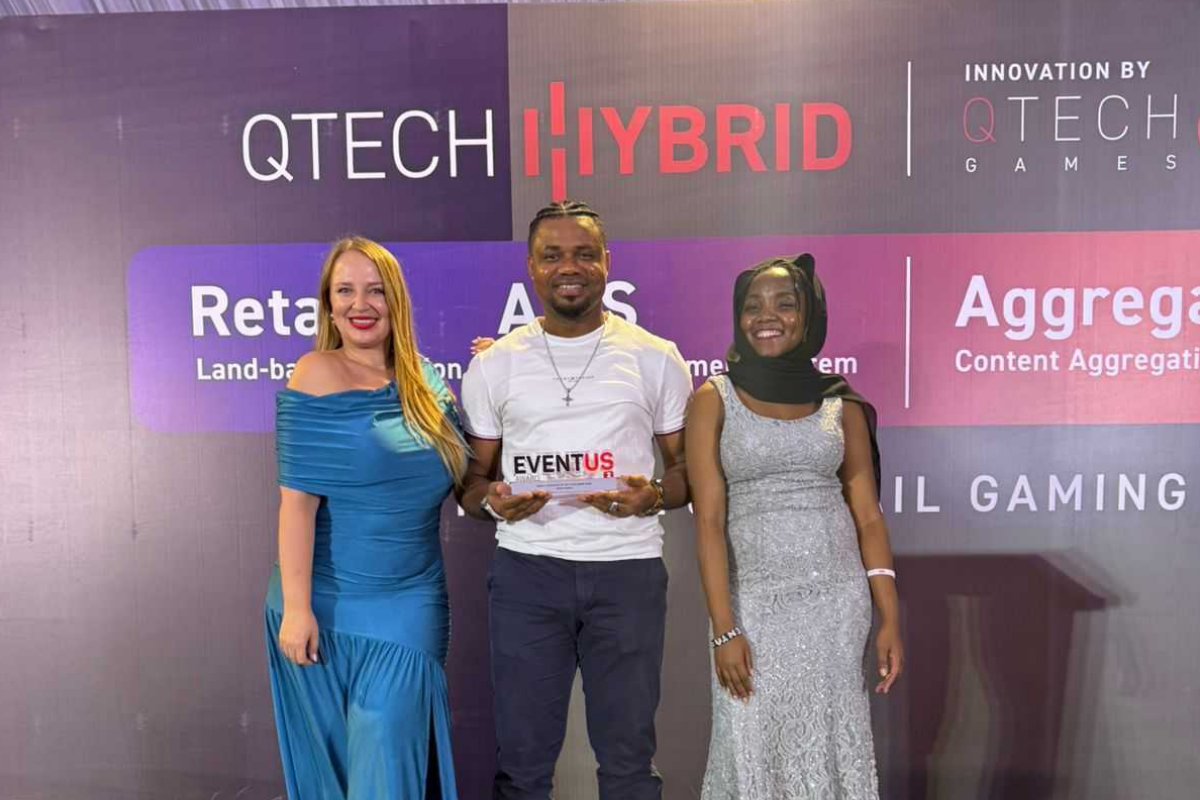
 Africa4 days ago
Africa4 days agoQTech Games wins Best Innovation of the Year at the 2025 SBWA+ Eventus Awards
-
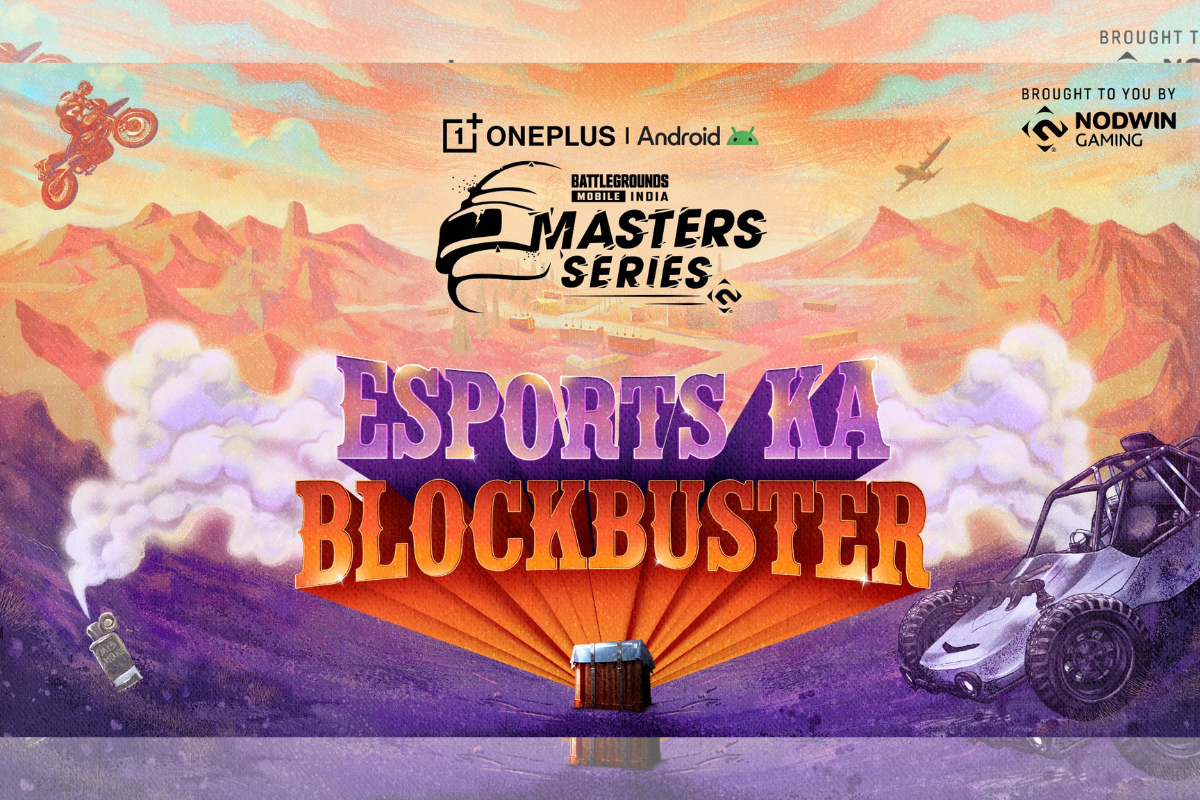
 Asia4 days ago
Asia4 days agoNODWIN Gaming and JioStar Unveil OnePlus Android BGMS Season 4
-
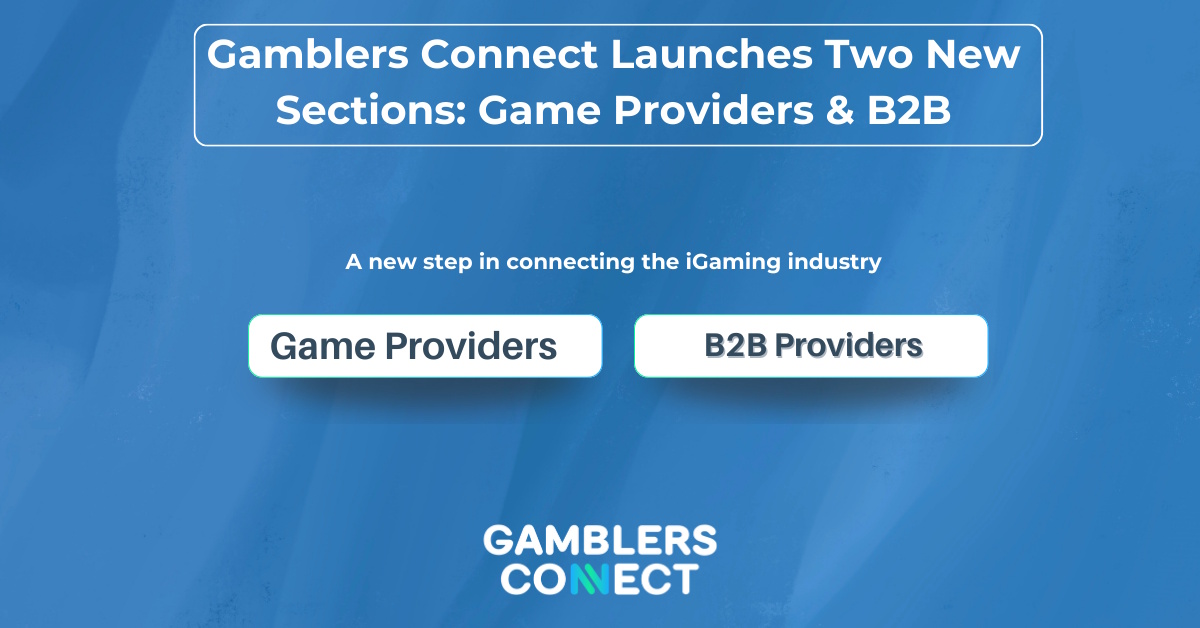
 Latest News7 days ago
Latest News7 days agoGamblers Connect Launches Dedicated ‘Game Providers’ and ‘B2B Providers’ Sections to Strengthen Industry Partnerships and Visibility
-
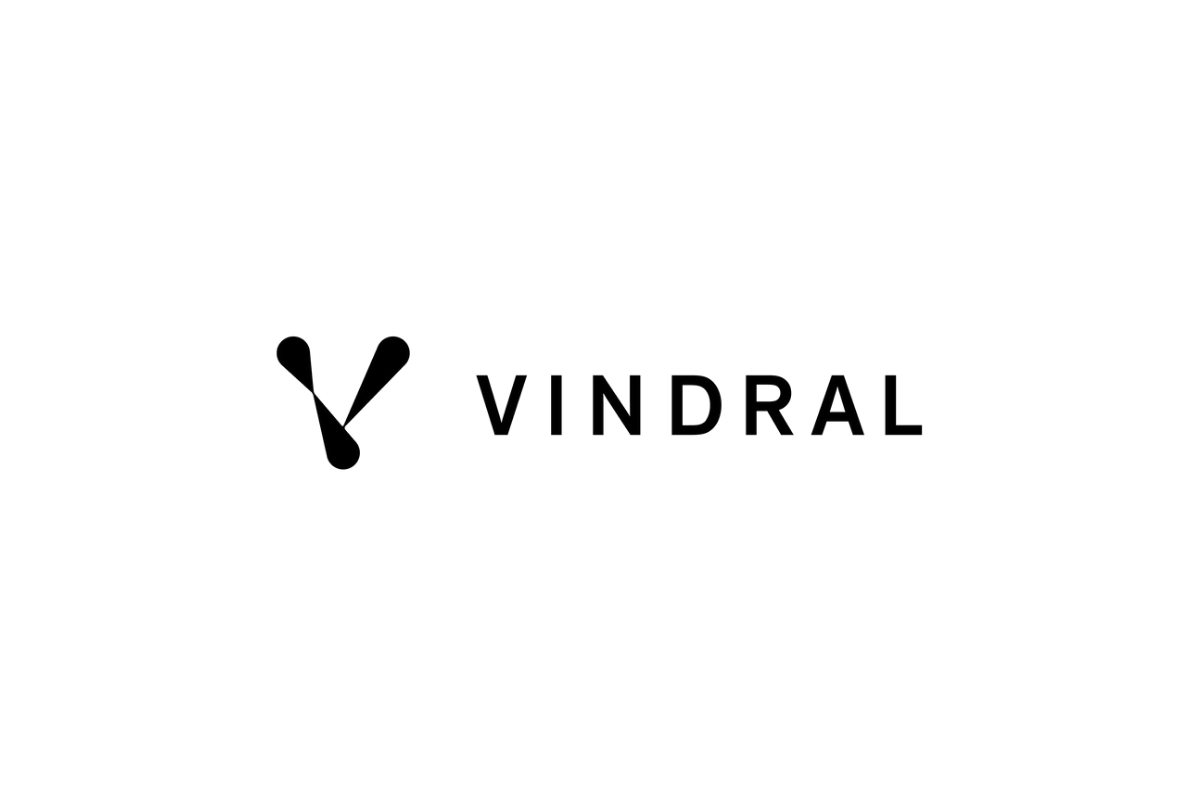
 Latest News4 days ago
Latest News4 days agoVindral appoints Henrik Fagerlund as Chairman of the Board
-
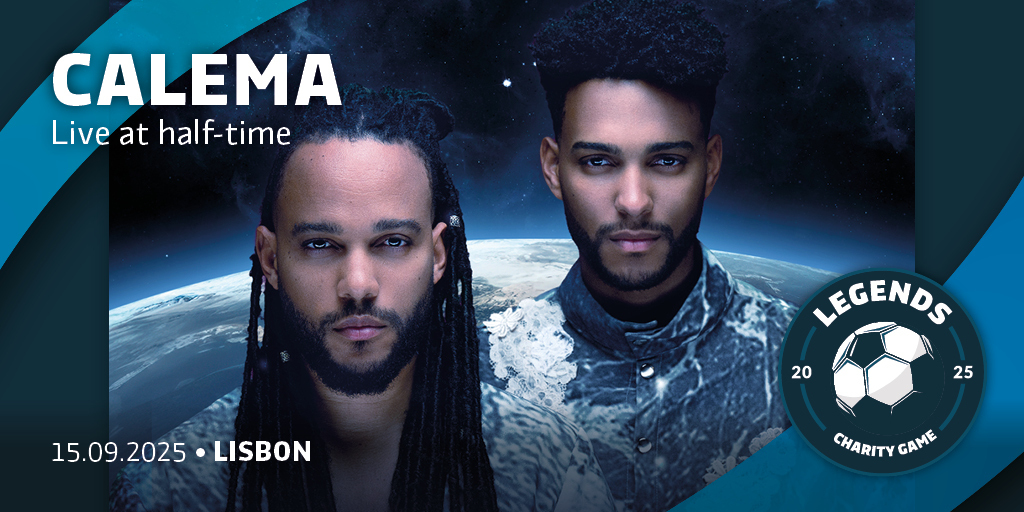
 Latest News4 days ago
Latest News4 days agoCalema to Perform at Legends Charity Game in Lisbon
-
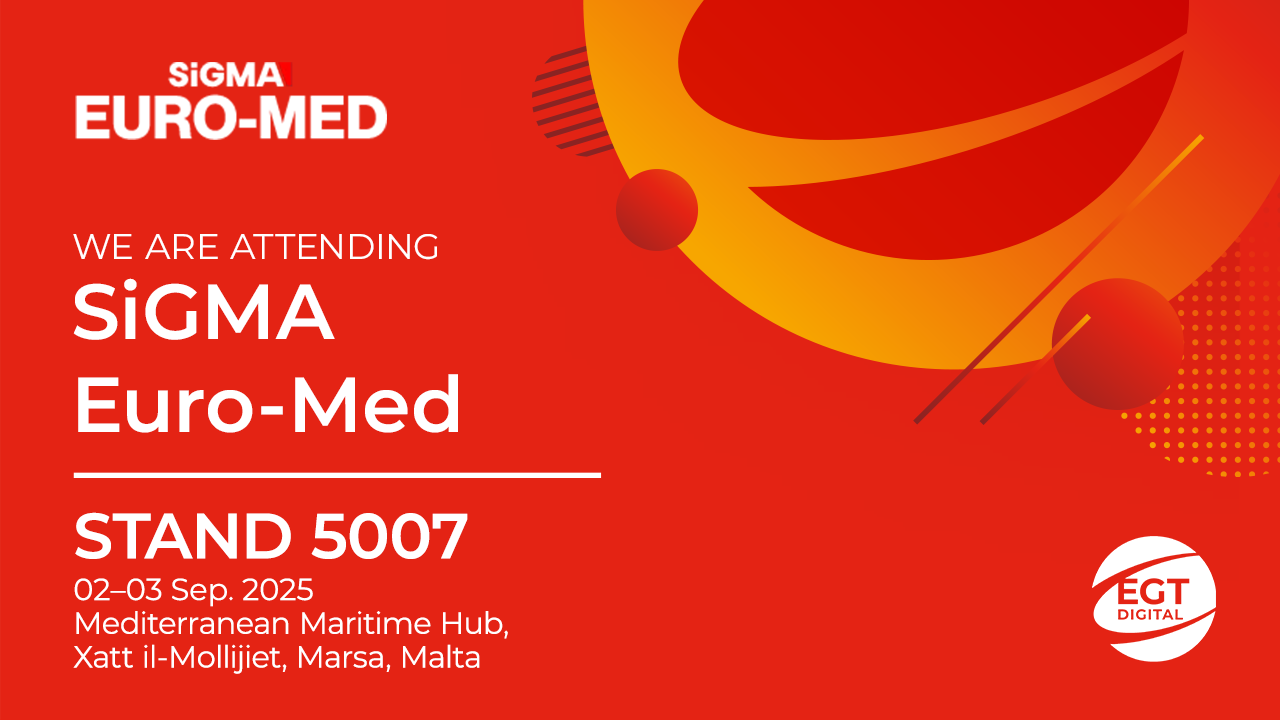
 Conferences in Europe4 days ago
Conferences in Europe4 days agoEGT Digital and EGT to rock the show at SiGMA Euro-Med 2025
-

 Latest News4 days ago
Latest News4 days agoPush Gaming redefines its portfolio, unveiling new game categories and sub-brand for extended player reach

